
How to Use MQ136: Examples, Pinouts, and Specs
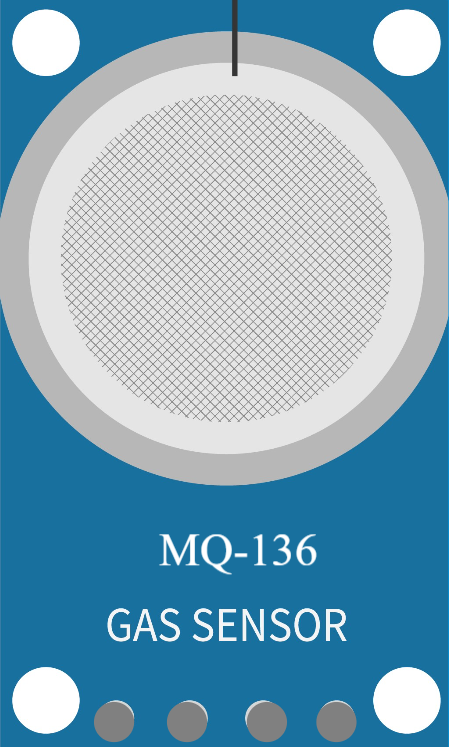
 Design with MQ136 in Cirkit Designer
Design with MQ136 in Cirkit DesignerIntroduction
The MQ136 is a gas sensor designed to detect the presence of hydrogen sulfide (H₂S) in the air. It operates on the principle of resistive change, where the sensor's resistance varies in response to the concentration of H₂S gas. This sensor is widely used in environmental monitoring, industrial safety systems, and gas leakage detection applications. Its high sensitivity to H₂S makes it an essential component for ensuring safety in environments where this toxic gas may be present.
Explore Projects Built with MQ136
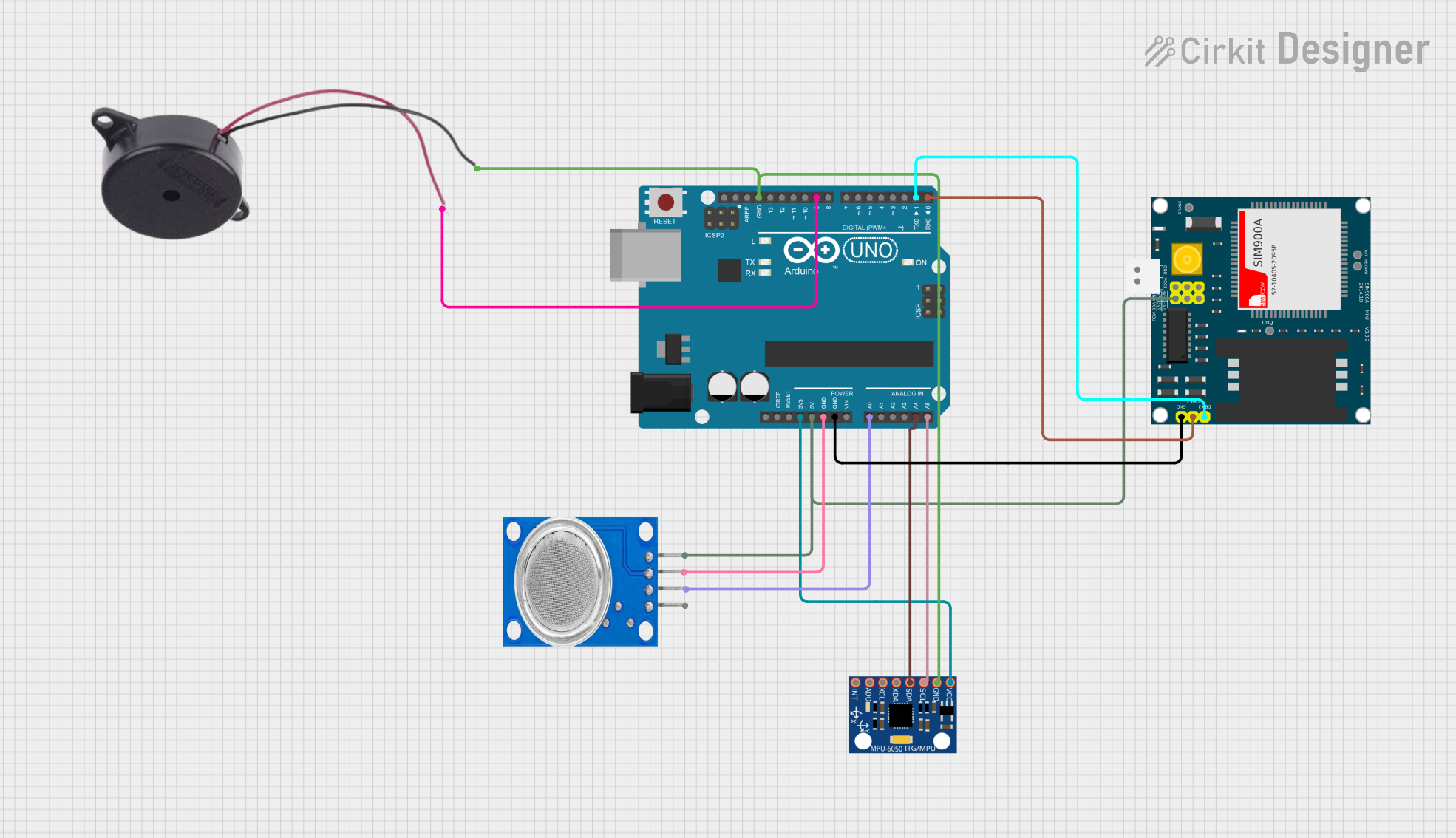
 Open Project in Cirkit Designer
Open Project in Cirkit Designer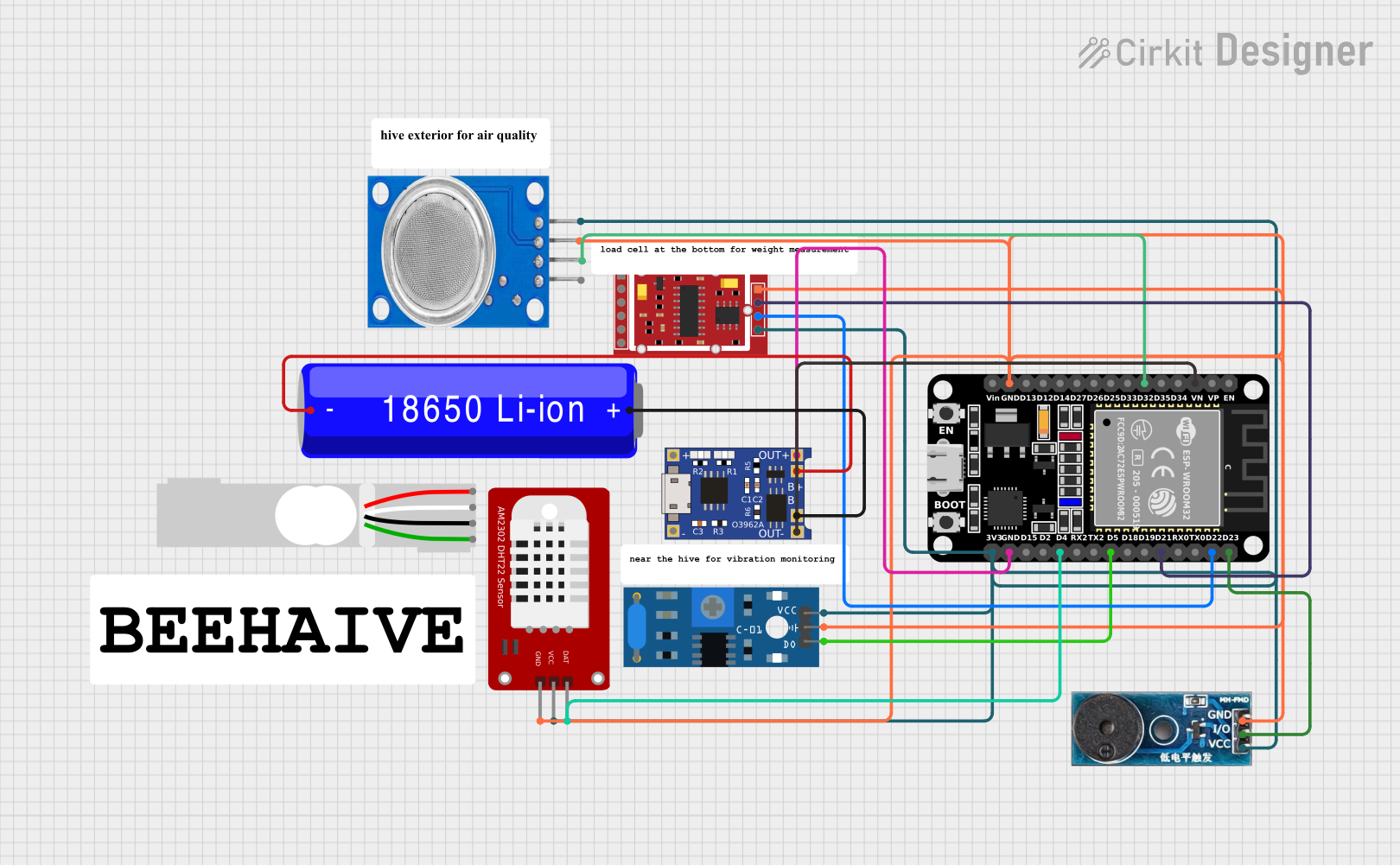
 Open Project in Cirkit Designer
Open Project in Cirkit Designer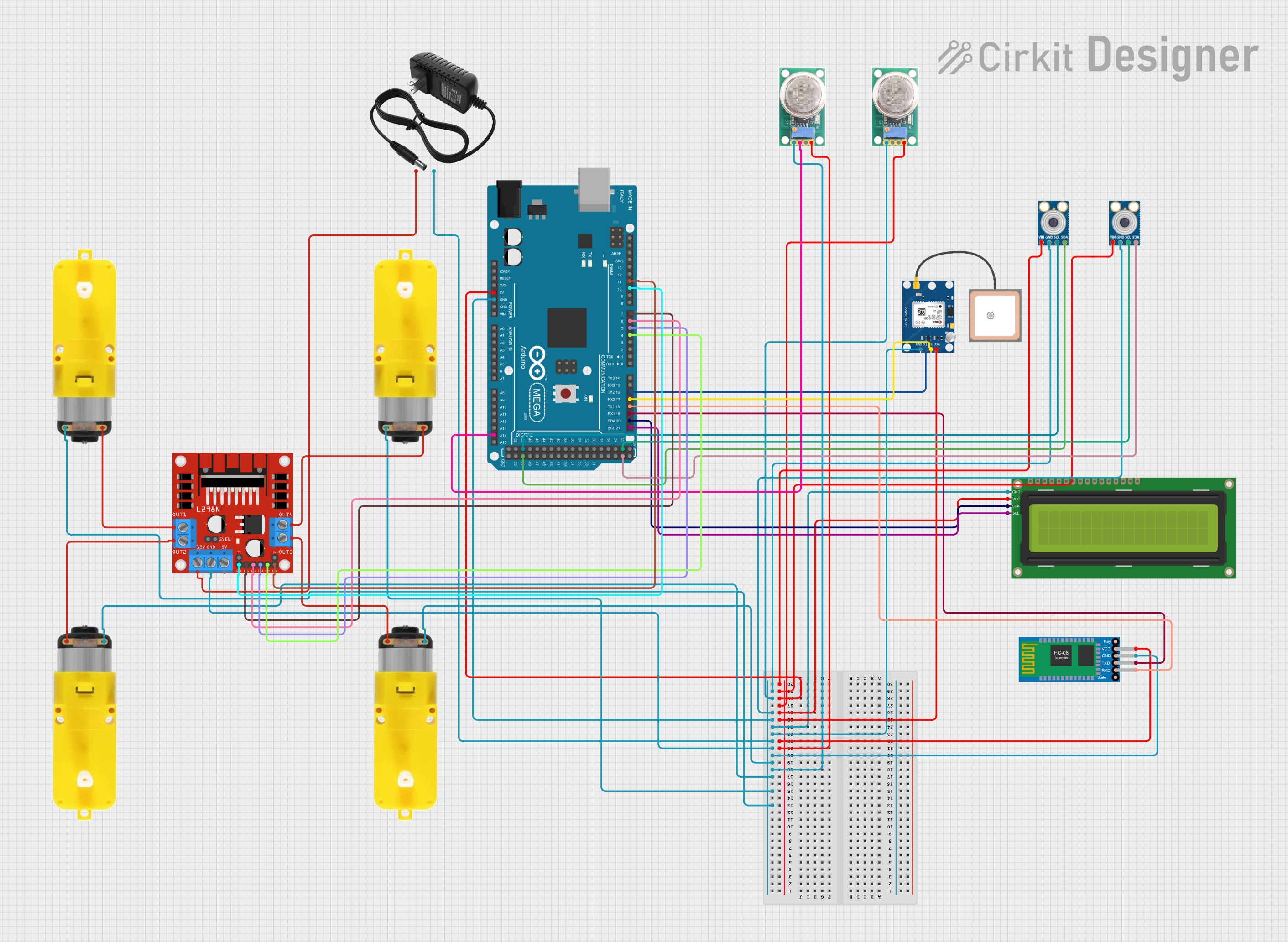
 Open Project in Cirkit Designer
Open Project in Cirkit Designer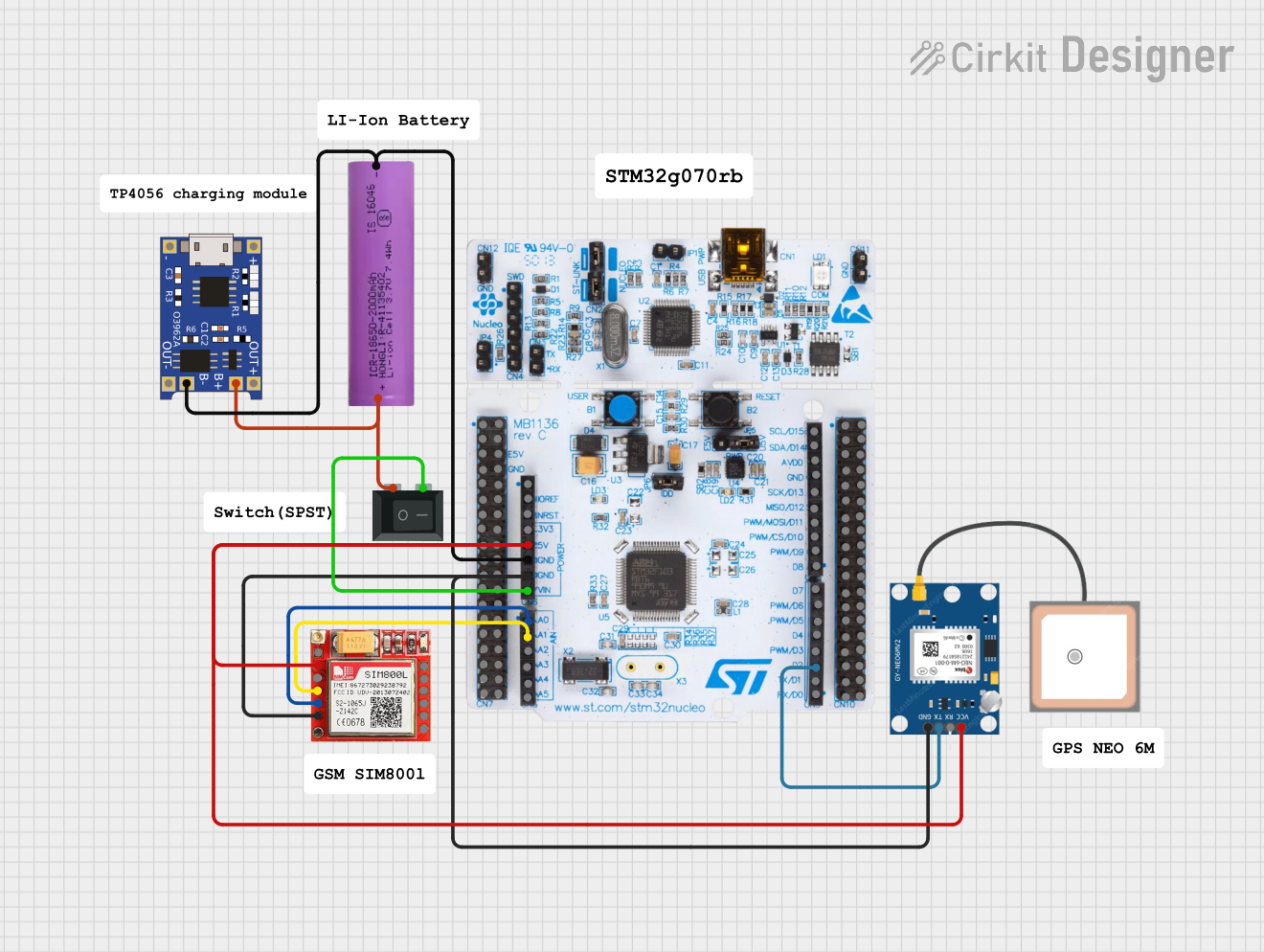
 Open Project in Cirkit Designer
Open Project in Cirkit DesignerExplore Projects Built with MQ136

 Open Project in Cirkit Designer
Open Project in Cirkit Designer
 Open Project in Cirkit Designer
Open Project in Cirkit Designer
 Open Project in Cirkit Designer
Open Project in Cirkit Designer
 Open Project in Cirkit Designer
Open Project in Cirkit DesignerCommon Applications
- Environmental monitoring for air quality
- Industrial safety systems to detect H₂S leaks
- Gas detection in chemical plants
- Portable gas analyzers
- Wastewater treatment facilities
Technical Specifications
The MQ136 sensor has the following key technical specifications:
| Parameter | Value |
|---|---|
| Target Gas | Hydrogen Sulfide (H₂S) |
| Detection Range | 1 ppm to 200 ppm |
| Operating Voltage | 5V DC |
| Heater Voltage (VH) | 5V ± 0.2V |
| Load Resistance (RL) | Adjustable (typically 10 kΩ) |
| Heater Resistance (RH) | 31Ω ± 3Ω (at room temperature) |
| Heating Power Consumption | ≤ 800 mW |
| Operating Temperature | -20°C to 50°C |
| Humidity Range | ≤ 95% RH |
| Response Time | ≤ 30 seconds |
| Recovery Time | ≤ 60 seconds |
| Dimensions | 18mm x 16mm x 10mm (approx.) |
Pin Configuration
The MQ136 sensor typically comes with four pins or leads. The pin configuration is as follows:
| Pin | Name | Description |
|---|---|---|
| 1 | VCC | Power supply pin (5V DC) |
| 2 | GND | Ground pin |
| 3 | AOUT | Analog output pin (provides variable voltage based on gas concentration) |
| 4 | DOUT | Digital output pin (high/low signal based on threshold) |
Usage Instructions
How to Use the MQ136 in a Circuit
- Power Supply: Connect the VCC pin to a 5V DC power source and the GND pin to the ground.
- Signal Output:
- Use the AOUT pin to read the analog signal, which varies with the concentration of H₂S gas.
- Alternatively, use the DOUT pin for a digital high/low signal. The threshold for the digital output can be adjusted using the onboard potentiometer (if available).
- Load Resistor: Connect a load resistor (RL) between the AOUT pin and ground. The value of RL can be adjusted based on the desired sensitivity and application.
- Preheating: Allow the sensor to preheat for 24-48 hours before initial use to stabilize its readings.
Important Considerations
- Calibration: The sensor should be calibrated in a clean air environment to establish a baseline resistance (R₀).
- Preheating: The sensor requires a preheating period to achieve stable and accurate readings.
- Environmental Factors: Avoid exposing the sensor to high humidity or corrosive gases for extended periods, as this may degrade its performance.
- Placement: Install the sensor in a location where it can detect H₂S gas effectively, avoiding areas with strong airflow that may dilute the gas concentration.
Example: Using MQ136 with Arduino UNO
Below is an example of how to connect and use the MQ136 sensor with an Arduino UNO to read analog values.
// MQ136 Hydrogen Sulfide (H2S) Gas Sensor Example with Arduino UNO
// Connect the AOUT pin of the MQ136 to Arduino's A0 pin for analog readings.
const int analogPin = A0; // Analog pin connected to MQ136 AOUT
int sensorValue = 0; // Variable to store the sensor reading
void setup() {
Serial.begin(9600); // Initialize serial communication at 9600 baud
Serial.println("MQ136 Gas Sensor Test");
}
void loop() {
// Read the analog value from the sensor
sensorValue = analogRead(analogPin);
// Print the sensor value to the Serial Monitor
Serial.print("Sensor Value: ");
Serial.println(sensorValue);
// Add a small delay for stability
delay(1000);
}
Notes:
- The
sensorValuewill vary based on the concentration of H₂S gas in the air. - You can map the analog readings to actual gas concentrations using a calibration curve provided in the sensor's datasheet.
Troubleshooting and FAQs
Common Issues and Solutions
No Output or Incorrect Readings:
- Ensure the sensor is properly powered (5V DC) and connected to the circuit.
- Verify that the load resistor (RL) is correctly installed and has an appropriate value.
- Allow sufficient preheating time (24-48 hours) for the sensor to stabilize.
Fluctuating Readings:
- Check for electrical noise or interference in the circuit.
- Ensure the sensor is not exposed to sudden changes in temperature or humidity.
Sensor Not Responding to Gas:
- Confirm that the gas concentration is within the sensor's detection range (1 ppm to 200 ppm).
- Verify that the sensor has not been damaged by prolonged exposure to high humidity or corrosive gases.
FAQs
Q1: Can the MQ136 detect gases other than H₂S?
A1: While the MQ136 is optimized for H₂S detection, it may respond to other gases. However, its sensitivity and accuracy for non-H₂S gases are significantly lower.
Q2: How do I calibrate the MQ136 sensor?
A2: To calibrate the sensor, expose it to clean air and measure its baseline resistance (R₀). Use this value to calculate the gas concentration based on the sensor's resistance in the presence of H₂S.
Q3: What is the lifespan of the MQ136 sensor?
A3: The typical lifespan of the MQ136 sensor is around 2-3 years, depending on usage and environmental conditions.
Q4: Can I use the MQ136 sensor outdoors?
A4: Yes, but ensure it is protected from extreme weather conditions, such as heavy rain or high humidity, to maintain its performance and longevity.